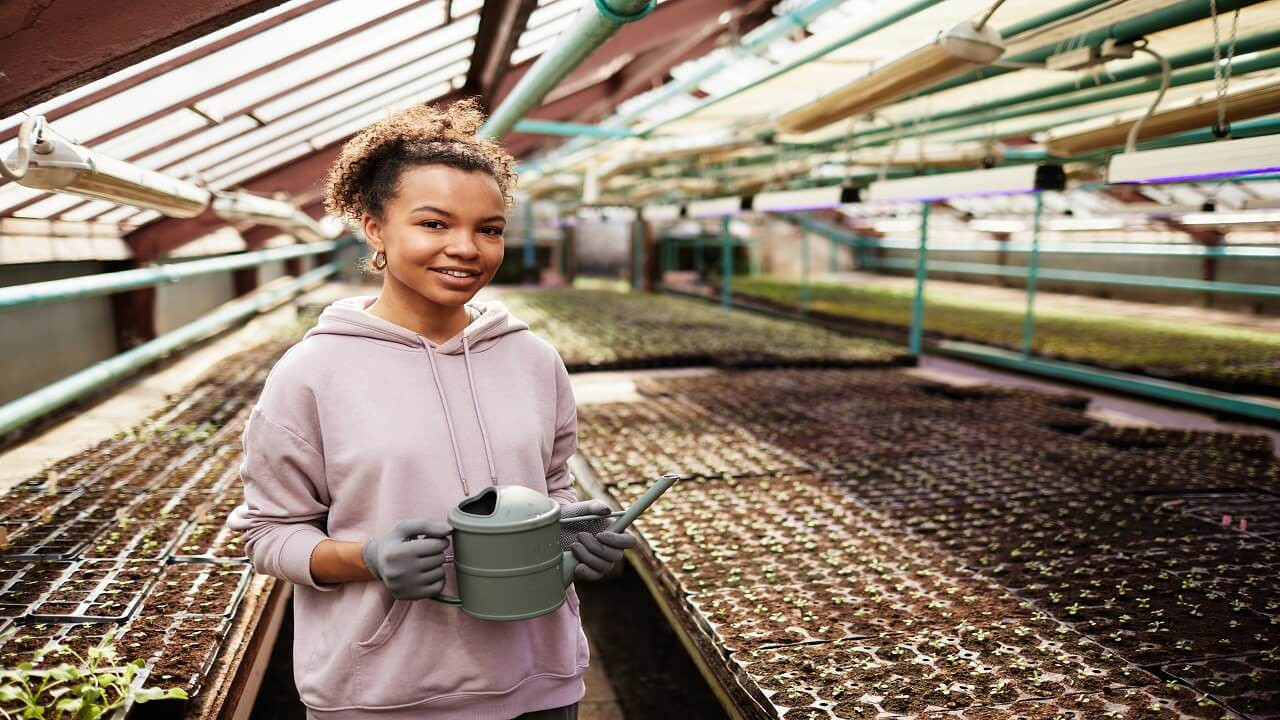
Importance and Benefits of Sustainable Agriculture
November 13, 2023, 10:34 am
To nourish and sustain current and future generations, there is an urgent need for a development path towards sustainable agriculture.
Importance and Benefits of Sustainable Agriculture
This pathway must not only ensure increasing output. It must also make more efficient use of increasingly scarce global resources, be resilient to and help mitigate climate change, and improve human well-being.
Every day, agriculture produces a minimum of 23.7 million tonnes of food, including 19.5 million tonnes of cereals, roots, tubers, fruit and vegetables, 1.1 million tonnes of meat, and 2.1 billion liters of milk. Capture fisheries and aquaculture harvest daily more than 400,000 tonnes of fish, while forests provide 9.5 million cubic metres of timber and fuelwood. In one day, crop production uses 7.4 trillion liters of water for irrigation, and 300,000 tonnes of fertilizer. The total value of that one day of agricultural production is estimated at over $7 billion.
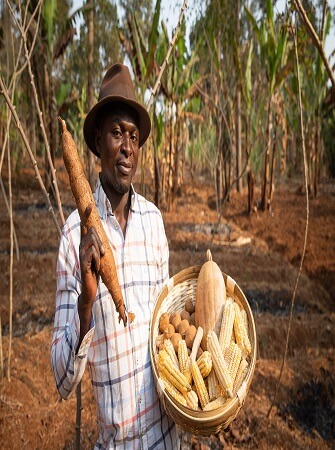
The world’s population is projected to grow from around 8 billion to 9.3 billion in 2050. That population increase and the expected dietary changes associated with income growth indicate that, by 2050, agriculture will need to produce 60 percent more food globally, and 100 percent more in developing countries, if it is to meet demand at current levels of consumption. To meet the current and future food demand without further harming the climate and environment, sustainable agriculture must be practiced.
What is Sustainable Agriculture
Agriculture is the mechanism that utilizes natural resources (land, water, biodiversity, forests, fish, nutrients and energy), environmental services and transforms them into agricultural products (food, feed, fiber, fuel) and the associated economic and social services (food security, economic growth and poverty reduction, health and cultural values).
Sustainable agriculture therefore can be defined as the management and conservation of the natural resource base, and the orientation of technological change in such a manner as to ensure the attainment of continued satisfaction of human needs for present and future generations.

Sustainable agriculture conserves land, water, and plant and animal genetic resources, and is environmentally non-degrading, technically appropriate, economically viable and socially acceptable.
The vision for sustainable is therefore that of a world in which food is nutritious and accessible for everyone and natural resources are managed in a way that maintain ecosystem functions to support current as well as future human needs.

The Need and Importance of Sustainable Agriculture
Agriculture’s current demands on the world’s freshwater resources are unsustainable. Inefficient use of water for crop production depletes aquifers, reduces river flows, degrades wildlife habitats, and has caused salinization on 20 percent of the global irrigated land area. Inappropriate use of fertilizers and pesticides have translated into water pollution, affecting rivers, lakes and coastal areas.
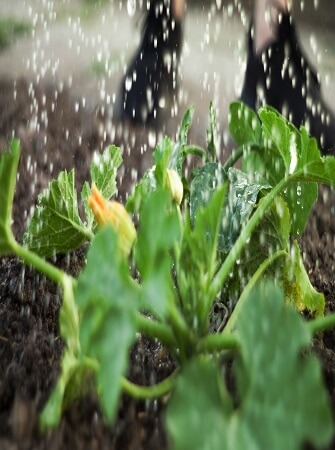
By 2025, an estimated 1.8 billion people will be living in countries or regions with absolute water scarcity, and two-thirds of the world population could be living under conditions of water stress. With the rate of water consumption growing twice as fast as the global population, agriculture’s share of water could be drastically reduced.

Current food production and distribution systems are failing to feed the world. While agriculture produces enough food for 12 to 14 billion people, some 850 million – or one in eight of the world population – live with chronic hunger. The vast majority of the hungry live in developing regions, where the prevalence of undernutrition is estimated at 14.3 percent.
The main cause of hunger and malnutrition is not lack of food, but inability to buy. According to UN projections, 80 percent of the additional food required to meet demand in 2050 will need to come from land already under cultivation. There is little scope for expansion of the agricultural area, except in some parts of Africa and South America. Much of the additional land available is not suitable for agriculture, and the ecological, social and economic costs of bringing it into production would be very high.
In addition, 33 percent of land is moderately to highly degraded owing to the erosion, salinization, compaction and chemical pollution of soils. Drought and desertification are responsible for the loss of about 12 million hectares of land each year. Over the past decade, some 13 million hectares of forests were converted to other land uses, mainly agriculture, at the cost of a myriad of ecosystem services.

Agriculture contributes significantly to climate change, which is the most serious environmental challenge facing humanity. It is estimated that 25 percent of total global greenhouse gas emissions are directly caused by crop and animal production and forestry, especially deforestation, to which can be added around 2 percent of emissions accounted in other sectors, from production of fertilizers, herbicides, pesticides, and from energy consumption for tillage, irrigation, fertilization and harvest. Conversion of natural ecosystems to agriculture causes losses of soil organic carbon of as much as 80 tonnes per hectare, most of it emitted into the atmosphere.
Agriculture also suffers the consequences of climate change – rising temperatures, pest and disease pressures, water shortages, extreme weather events, loss of biodiversity and other impacts. Crop productivity is expected to decline in tropical areas, where the majority of the world’s food insecure and undernourished people live, with yields in Asia and Africa falling by 8 percent by 2050.
The negative impacts of climate change on agricultural production and the efficient boosting of agriculture output can be achieved by adopting sustainable agriculture practices.
Benefits of Sustainable Agriculture
Given the current impact of agriculture on the degradation of environmental resources, a more sustainable agriculture has the following benefits:
- Sustainable agriculture is key to improving the availability of clean water
- Sustainable agriculture will promote sustainable consumption and production of food and natural resources.
- Sustainable agriculture helps in fighting land degradation and loss of biodiversity
Sustainable Agriculture Principles and Practices
Achieving sustainable agriculture requires the development of strategies that make wise choices in order to reach the objectives of sustainable agriculture. The five principles to achieving the vision of sustainable agriculture are:
Principle 1: Improving Efficiency in the Use of Resources.
This includes natural resources, such as land, water and soil; human resources (labour) and capital resources, such as equipment, technologies, buildings and infrastructure.
For example, in Morocco, water resources are stretched to their limits and climate change projections indicate a reduction in available water. Through its National Programme for water saving in irrigation, Morocco has embarked on an ambitious programme of enhanced water productivity in agriculture, providing farmers with technologies, approaches and market support that allow them to increase their production and their benefits while reducing their water consumption.
Principle 2: Direct Actions to Conserve, Protect and Enhance Natural Resources.
This calls for appropriate and feasible strategies for improving natural resource conservation while maintaining or increasing agricultural production levels.
For instance, traditional aquaculture in rice-based farming systems in Southeast Asia boosts the productivity of rice by increasing nutrient availability to the plants. Rice-fish farmers generally enjoy higher incomes than those who produce only rice. The fish also provide a readily available source of protein, fatty acids and micronutrients that are especially needed by children and pregnant women, and biological control of mosquitoes that transmit malaria.
Although rice-fish systems may use more water than would be required for rice cultivation alone, the fish also feed on snails, weeds and insects in the rice fields, which reduces or eliminates the need for pesticides, which in turn protects water quality. Taken together with improved income, this is an example of synergy between sectors that improves livelihoods and promotes sustainability.
Principle 3: Protecting and Improving Rural Livelihoods, Equity and Social Well-being.
This principle highlights the importance of an inclusive agricultural development process to the sustainability agenda, which provides for human needs while yielding socially equitable outcomes along all stages of the agrifood system.
For instance, backyard poultry production is a major contributor to family nutrition in Afghanistan, and women have responsibility for more than 90 percent of village production of eggs and poultry meat. The Government recognized the potential of village production managed by women to reduce poverty and improve food security in the country.

Together with FAO, it engaged in a poultry training programme specifically targeting women. The approach proved successful: during the first three years, participants produced 106 tonnes of poultry meat and 21 million eggs.
Today, the thousands of women who participated in the projects are connected to markets and to suppliers through their poultry producer groups. Lessons have been used in the preparation of the National Poultry Production Plan.
Principle 4: Importance of Enhancing the Resilience of People, Communities and Ecosystems
Agriculture depends fundamentally on the interaction between natural, economic and social systems. As such, it is exposed to a wide range of environmental and human-induced risks and hazards. Building resilience to these risks and hazards is critical for ensuring continued conservation of and benefit from agro-ecosystems.
Sustainable intensification of crop and livestock production can reduce the need for additional land and with it the rate of deforestation. A number of productive mixed cropping and agro-forestry systems produce more food and feed from the same area of land, helping mitigate climate change through increased carbon sequestration and improving ecosystem services such as soil fertility.
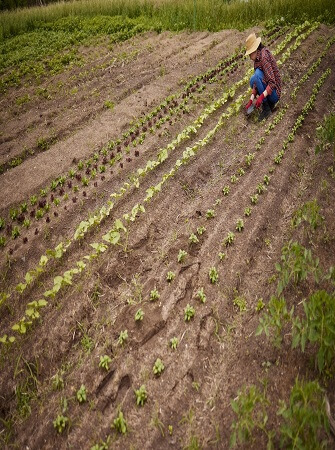
For example, in Thailand, dairy farmers have developed a “food-feed” system of cassava intercropped with cowpeas, which produces up to 2.4 tonnes of fodder per hectare. The system produces generally lower cassava yields, compared with monocropping, but increases land use efficiency and gives higher economic returns.
Principle 5: Responsible and Effective Governance.
In many ways, this principle overarches the preceding four and is a critical factor in the implementation of policies and strategies to achieve more sustainable agriculture across all countries. Effective governance at all levels is required to mediate trade-offs and enhance synergies between the principles of sustainable agriculture and their associated indicators.
Governance systems that facilitate effective and inclusive dialogue between stakeholders – including governments, the private sector and civil society – and make a concerted effort to ensure that the voices of the poor and marginalized are heard, are critical for sustainable agriculture
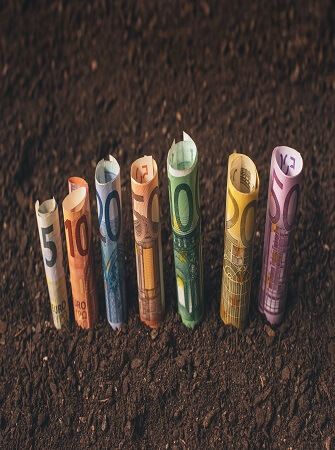
For example, in Bangladesh, young farmers are developing a profitable and environmentally sustainable mushroom farming sector. The government faced a problem when youth unemployment doubled from 6.32 percent in 2000 to 12.8 percent in 2017, creating a large need for employment opportunities that are attractive to rural youth with limited access to land.
The Government of Bangladesh established the National Mushroom Development and Extension Centre (NMDEC), to improve the knowledge of and attitude towards mushrooms, and act as an intermediary between mushroom farmers and wholesalers.
Country-wide training programmes are educating farmers on proper hygiene and sterilization techniques, and raising awareness among consumers of the nutritional benefits of mushrooms. The training programmes have proven effective at improving farmer knowledge and attitudes, as well as attracting youth.
Conclusions
Agricultural development is, by definition, unsustainable if it fails to benefit those whose livelihoods depend on it by increasing their access to resources and assets, their participation in markets and their job opportunities. Since 75 percent of the world’s poor live in rural areas, broad-based rural development and the wide sharing of its benefits are the most effective means of reducing poverty and food insecurity.
However, the current situation is far from being ideal, and past agricultural performance is no longer a guarantee of future returns. While supplies have been growing, the current trajectory of growth in agricultural production and productivity is unsustainable. Food production on land and in aquatic systems therefore need to imbibe the principles and practices of sustainable agriculture in order to be able to support mankind in a manner that doesn’t create problems in other areas or sectors.
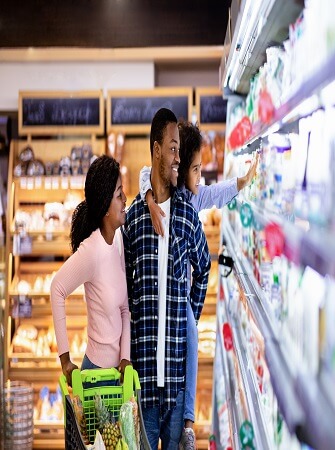
Sources and References
FAO Building a Common Vision for Sustainable Food and Agriculture: Principles and Approaches.
FAO Progress Towards a Sustainable Agriculture: Drivers of Change

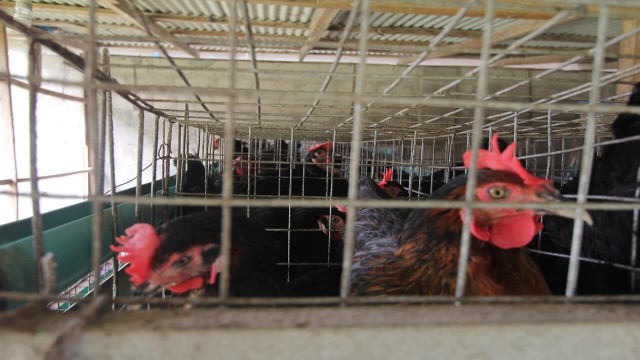




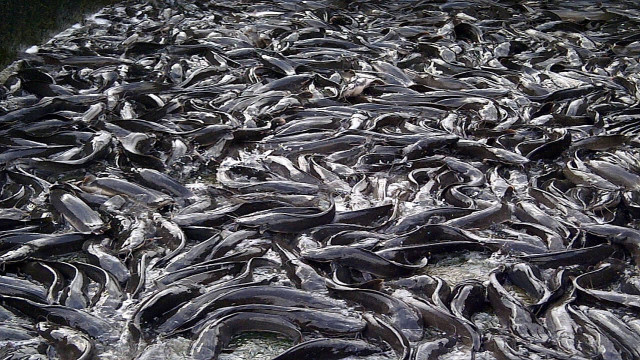
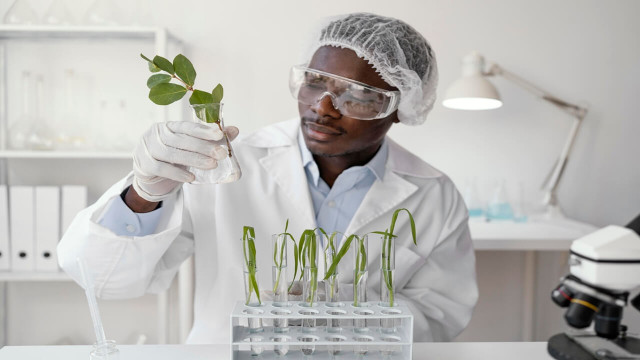
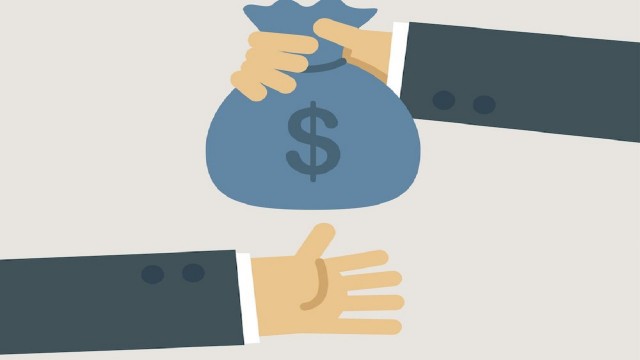
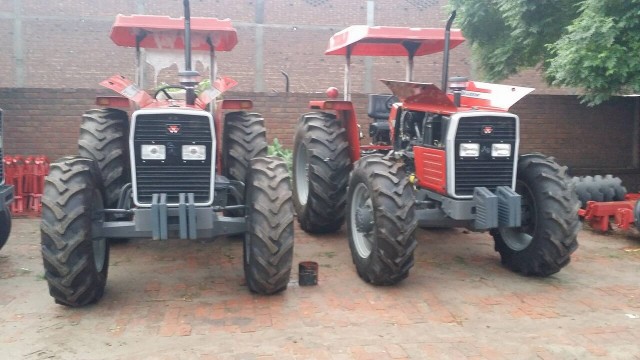


Share This Article: